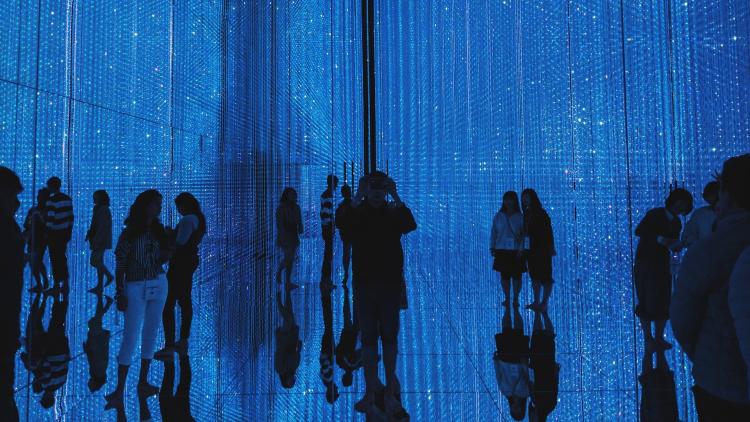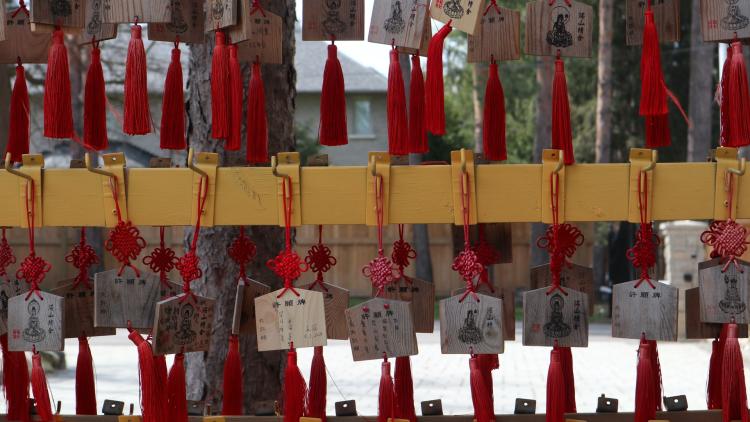Spaces of Art

Key information
- Start date
- End date
- Year of study
- Year 1
- Duration
- Term 2
- Module code
- 158100031
- FHEQ Level
- 4
- Credits
- 15
- Department
- School of Arts & Department of History of Art and Archaeology
Module overview
Alongside studying individual objects, art historians also examine the spaces, locations, institutions and contexts within which they may be seen and evaluated.
This module will introduce the many contexts of use for objects, including the religious, social and material circumstances in which a 'work of art' was created and used. By considering individual objects or groups in a variety of media, we may explore how settings and institutions contribute to the production of the meaning and value of objects and material culture.
Furthermore, the constructions of an object's meaning may change over time especially when it moves from one space to another. How may an object produced for use in a religious environment in Asia or Africa become a 'work of art' in the different context of a museum or exhibition? How has the art market transformed the meanings and value of objects from Asia and Africa? This module examines these issues and the changing contexts and meanings of objects from Asia and Africa.
Classroom discussion will be complemented by fieldtrips to, for example, a gallery, museum or religious building.
Objectives and learning outcomes
On successful completion of this module students will be able to
- Understand a range of spaces, locations, institutions and contexts in which objects have been located in Asia and Africa.
- Evaluate how the religious, social and material circumstances in which objects have been made and used contribute to their meaning.
- Interpret the changing constructions of meaning of objects over time.
- Demonstrate a range of skills in visual and literary analysis, research and other study skills for successful academic and vocational pathways.
Workload
- Lectures: 1 hour per week
- Seminars: 2 hours per week
Method of assessment
- 500-word critical literature review/short report (worth 20% of marks)
- 1,500-word essay (worth 40%)
- Exam: 2 hours (worth 40%)
Suggested reading
- Craig Clunas, Art in China, 2nd ed., Oxford History of Art (Oxford ; New York: Oxford University Press, 2009).
- Finbarr Barry Flood and Gulru Necipoglu, eds., A Companion to Islamic Art and Architecture, 2 vols, Blackwell Companions to Art History (Somerset: John Wiley & Sons, 2017).
- Sharon Macdonald, ed., A Companion to Museum Studies (Chichester, West Sussex, UK ; Malden, MA: Wiley-Blackwell, 2006).
- Maurizio Peleggi, Monastery, Monument, Museum : Sites and Artifacts of Thai Cultural Memory (Honolulu: University of Hawaiʻi Press, 2017).
- Stacey Pierson. From Object to Concept: Global Consumption and the Transformation of Ming Porcelain. Hong Kong: Hong Kong University Press, 2013.
Louise Tythacott, The Lives of Chinese Objects : Buddhism, Imperialism and Display (New York: Berghahn Books, 2011).
Disclaimer
Important notice regarding changes to programmes and modules.



